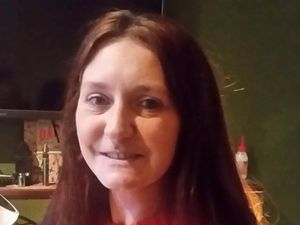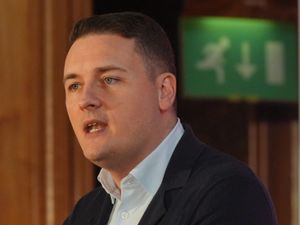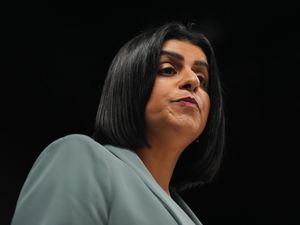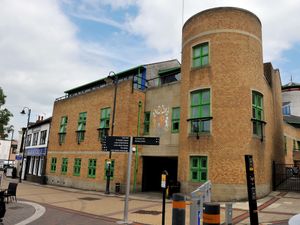NHS chief: Staff absence rates are increasing pressure to cut isolation time
NHS Providers chief executive Chris Hopson said the decision to cut the self-isolation period was a ‘risk judgment’ for the Government.
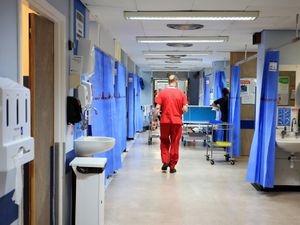
Pressure to reduce isolation time will mount if NHS staff absence rates from Covid and risk to care quality and patient safety rises, a health leader has warned.
But NHS Providers chief executive, Chris Hopson, said that a decision to cut the period from seven to five days was a “risk judgment” the Government will need to take.
In a Twitter thread on Thursday, Mr Hopson said staff absences due to Covid-19 were “clearly now having a significant impact” across the whole economy and parts of the health service.
He added: “NHS experience suggests that the impact varies considerably depending on how many staff are isolating, driven by local community infection rates; ability to rapidly source temporary replacement staff; and ability to flex existing staff to cover work of those who are absent.

“For example, some NHS ambulance trust CEOs are saying their current staff absence rates mean significant numbers of ambulances (are) off the road, given the need to have appropriately trained staff in each ambulance.”
It was “obviously a particular issue for NHS trusts if they can’t provide (the) right quality of care due to Covid absences” and he added that if the pressures continued to rise, then so would calls to reduce the self-isolation period to five days, as has happened in the US.
Mr Hopson added: “If staff absence rates and care quality/patient safety [sic] risk rise, pressure for a change to the isolation period will, inevitably, rise as well.”
At present, people who receive negative lateral flow results on day six and day seven of their self-isolation period – with tests taken 24 hours apart – no longer have to stay indoors for a full 10 days.
But calls are growing on the Government to cut this further after the US slashed its self-isolation period to five days for symptomless people when the US Centres for Disease Control said most transmission of the virus happens in the two days before and three days after symptoms develop.
The latest NHS England data shows that across England as a whole, 18,829 NHS staff at acute trusts were absent due to Covid-19 reasons on December 19, up 54% from 12,240 a week earlier and up 51% from 12,508 at the start of the month.
Mr Hopson said the Government and its advisers needed to weigh up “very different, often incomplete and uncertain and sometimes contradictory” forms of evidence to make a decision.
But he warned there were “difficult trade-offs” because of the potential for an increased infection risk both in hospitals and the community.
The shift from a 10-day self-isolation period to seven days, with two negative tests, had been approved following analysis by the UK Health Security Agency showing it offered the same level of protection, he said.
“If they were able to say the same about a reduction to five days that would be a clinching argument. But the suspicion must be that, if the science was clear, we would already know that by now,” he added.
Mr Hopson added: “This comes down, as ever, to a risk judgement the Government will need to take.
“And every day will bring more data and more evidence that will enable a better decision.
“But events (eg pressure on NHS care) may force the timing on a decision.”
Meanwhile, the chairman of the Royal College of GPs (RCGP), Professor Martin Marshall, said Omicron is still “spreading like wildfire” and causing “massive problems” for doctors’ surgeries.
Prof Marshall told Times Radio that growing numbers of staff being forced to self-isolate combined with the challenges of ramping up the vaccination programme has put practices under strain.
Prof Marshall, who works as a GP in east London, said: “Covid is still spreading like wildfire and that’s having massive implications on the health service generally.”
He added: “What we’re seeing is more and more patients that we’re seeing in general practice, we’re advising in general practice, with Covid symptoms.
“We’re seeing increased numbers of staff who are having to self-isolate and either working from home if they’ve got the electronic capability to do so, or just not being able to contribute and that’s putting pressure on the rest of the staff left in general practice.”

